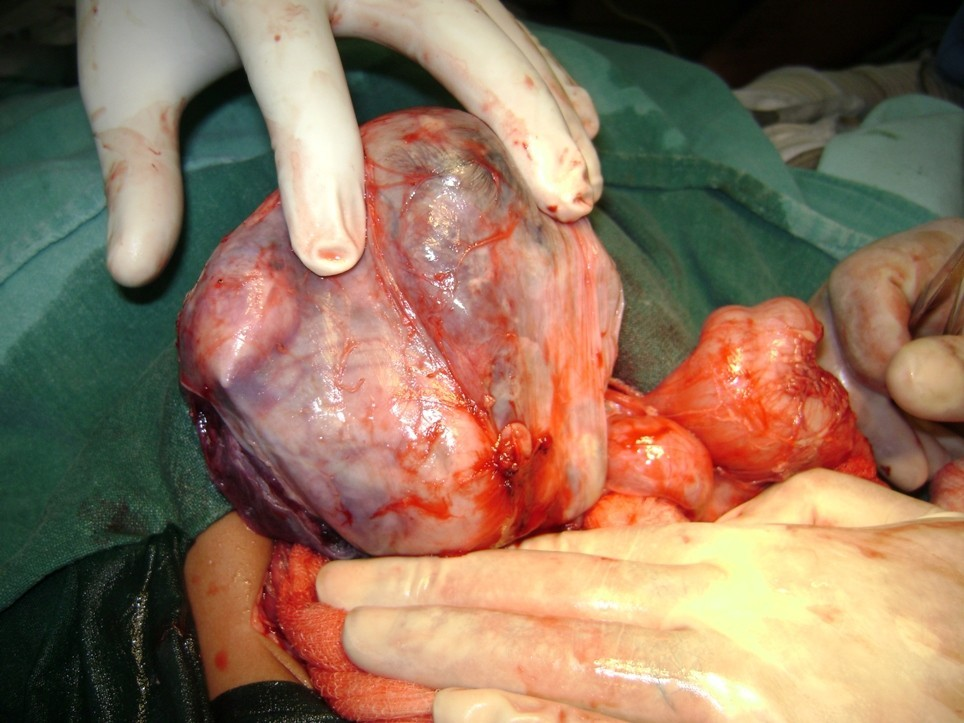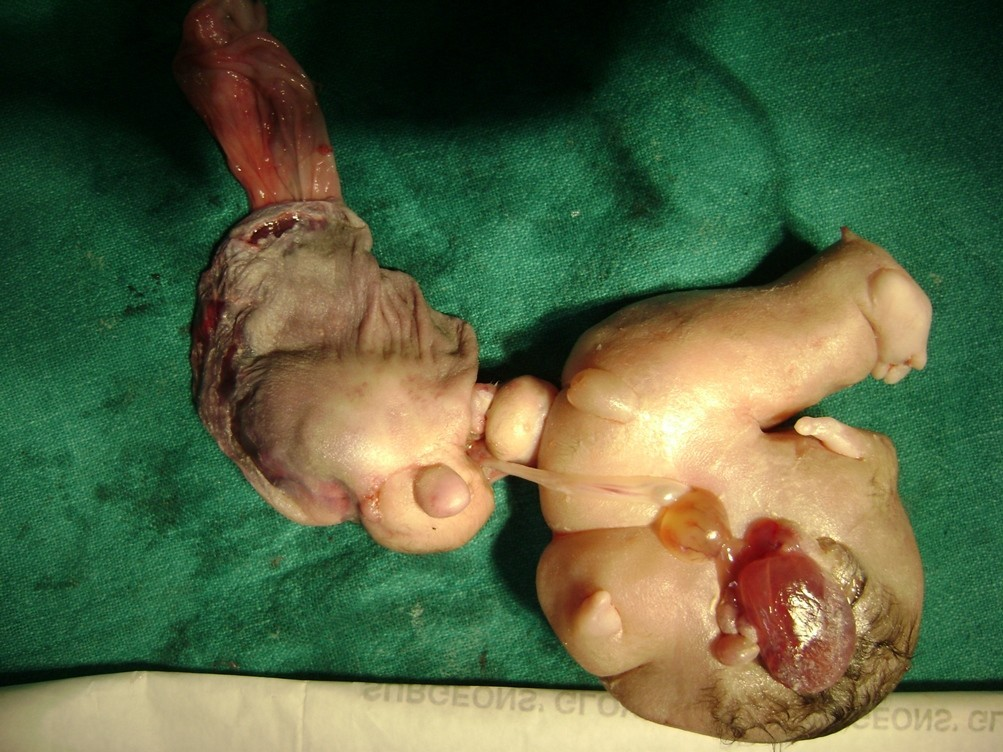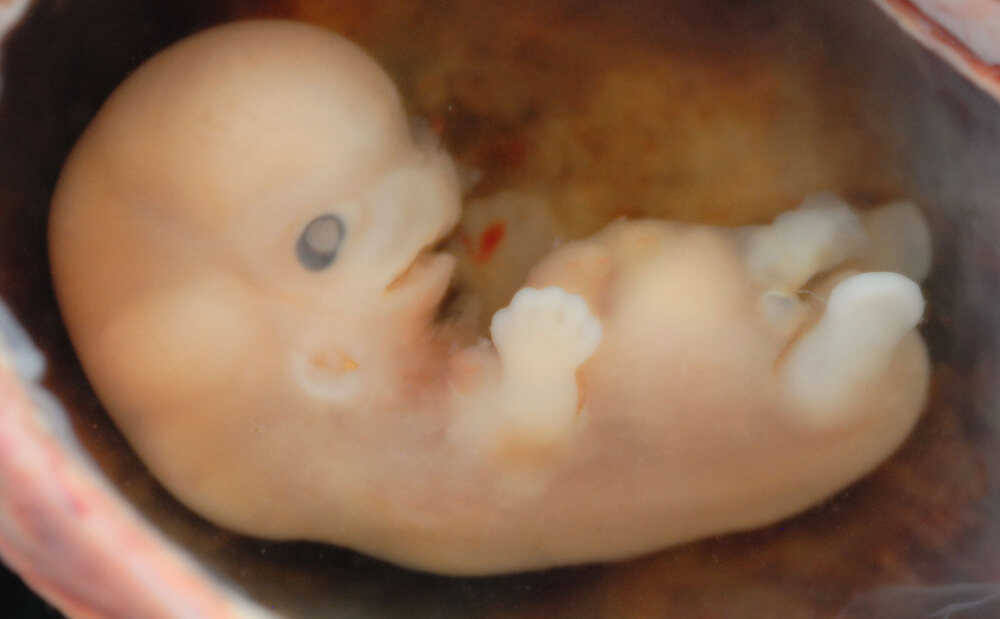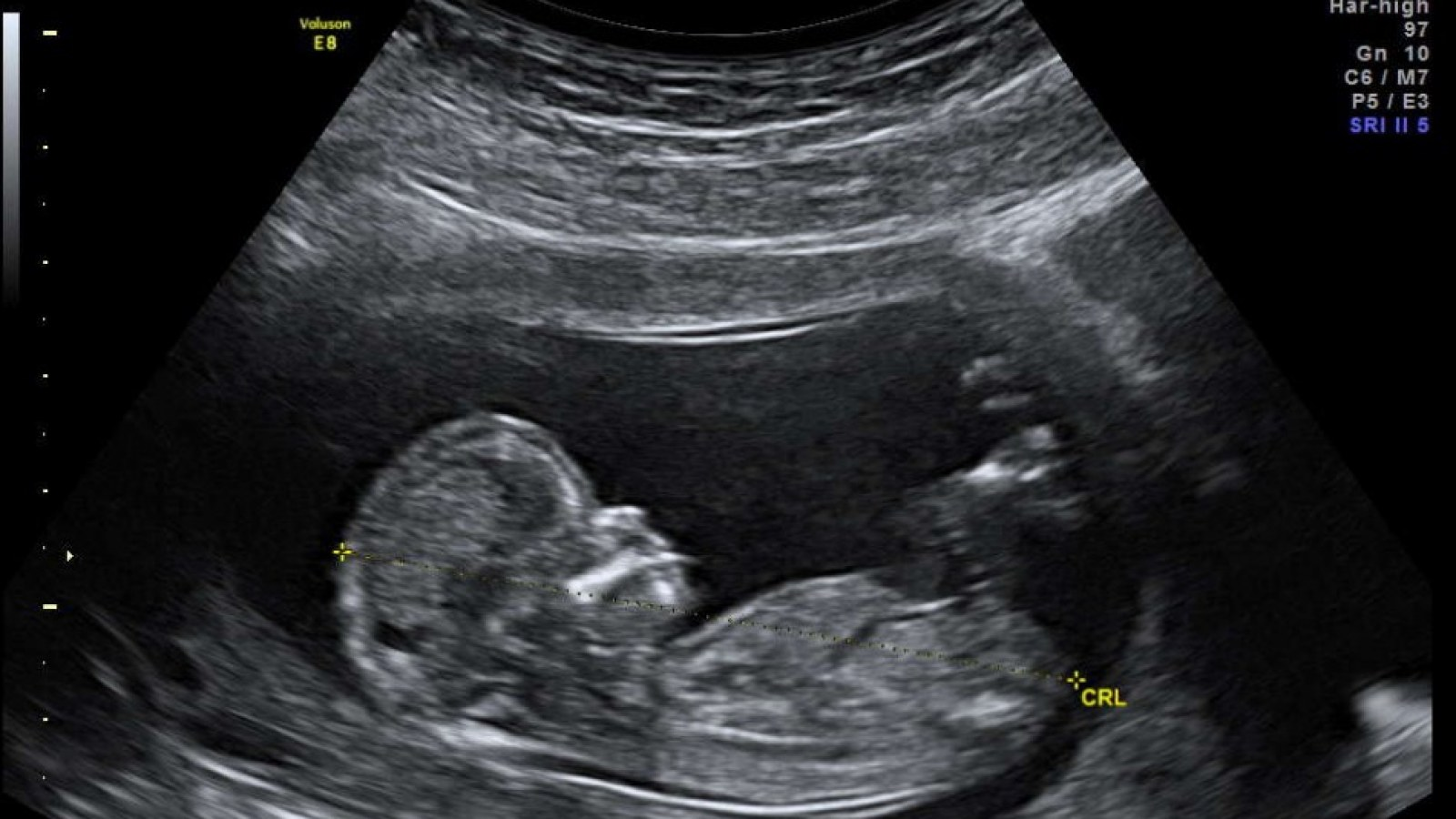The discovery of a rare medical condition, termed as ‘foetus-in-fetu,’ in a nine-month pregnant woman in Maharashtra has drawn significant attention.
This exceptional anomaly, detected in a 32-year-old woman during her pregnancy, has sparked intrigue and curiosity in the medical community due to its extreme rarity. Cases like these highlight the complexity of human development and how nature sometimes defies all odds.
What is Foetus-in-Fetu?
Foetus-in-fetu is an exceedingly rare congenital condition where a malformed, parasitic foetus is found within the body of its twin. This condition is considered a developmental anomaly, resulting from a rare event during the early stages of identical twin formation.
Instead of developing as two separate foetuses, one foetus envelops the other, leading to the internalization of one foetus within the other’s body.
Medical researchers believe this occurs due to improper division of the fertilized egg in the early stages of development. The enveloped foetus, known as the parasitic twin, is unable to survive independently, as it lacks functional organs and is entirely dependent on its host twin.
While this condition is not fatal to the host, it may cause complications depending on the location and size of the parasitic foetus.
In an extraordinary medical case, a pregnant woman from Maharashtra has been diagnosed with ‘foetus-in-fetu’ condition, an extremely rare congenital anomaly where a malformed foetus develops inside another foetus. Watch to know more about it.#SocialEye #Medical #Health… pic.twitter.com/gIkuX3kP7a
— IndiaToday (@IndiaToday) January 29, 2025
This rare anomaly has been documented in only around 200 cases globally, with an estimated 15-20 cases reported in India. It usually goes undetected in early scans due to its rarity and the lack of definitive symptoms, as was evident in the case of the woman from Maharashtra.
The Discovery in Maharashtra
The foetus-in-fetu case in Maharashtra was detected when a 32-year-old woman in her ninth month of pregnancy underwent a routine sonography at a government hospital in Buldhana. Initially, the scans appeared routine, but upon closer examination, gynaecologist Dr. Prasad Agarwal noticed an unusual formation.
“I was initially surprised and then carefully re-examined the images,” Dr. Agarwal stated. The scans revealed a non-developing foetus inside the stomach of the unborn baby. After consulting with other medical experts and performing further evaluations, Dr. Agarwal confirmed that it was indeed a case of foetus-in-fetu.

According to Dr. Agarwal, the condition had gone undetected in previous sonography scans due to its extraordinary rarity and unpredictability. “This was missed in the previous sonography because this is a very rare condition in which no one can even imagine that such a condition can exist,” he explained.
Civil Surgeon Dr. Bhagwat Bhusari, who is also involved in the case, stated that the mother is likely to have a normal delivery. However, the baby will require immediate medical attention following birth to address the condition and ensure proper health outcomes.
Understanding the Challenges and Treatment
The primary challenge with foetus-in-fetu lies in its detection and management. Due to its rarity, many doctors may never encounter such a case in their entire careers, making diagnosis challenging. Even with advanced imaging techniques, the condition can be difficult to identify, as it often mimics other masses or tumours.
In most cases, foetus-in-fetu is discovered post-birth during evaluations for abdominal distension or other related symptoms in the host twin. However, advancements in prenatal imaging and increased awareness of this condition have led to some cases being identified during pregnancy, as seen in this case from Maharashtra.

Treatment typically involves surgical removal of the parasitic foetus to prevent any complications in the host twin. While the removal procedure is generally successful, the long-term health outcomes of the host twin depend on various factors, such as the size and location of the parasitic foetus and whether it has affected the host’s organs.
Dr. Agarwal emphasized the need for a multidisciplinary approach in handling such cases. “I did a detailed study from a couple of doctors and confirmed it,” he said, highlighting the importance of collaboration among medical professionals in rare and complex cases like this.
While the exact cause of foetus-in-fetu remains unclear, it is not considered a genetic condition. Instead, it is viewed as an extremely rare developmental error. This distinction is crucial in providing reassurance to families and helping them understand that such cases are not likely to recur.
The Rarity of Foetus-in-Fetu
Foetus-in-fetu is so rare that it has fascinated and perplexed the medical community for decades. With only about 200 cases reported worldwide, it represents one of the most extraordinary anomalies in human development. The rarity of this condition underscores the complexity of embryonic development and how, in some cases, the natural processes can go awry in unimaginable ways.
Globally, the first documented case of foetus-in-fetu dates back to the 19th century. Over the years, advancements in medical imaging and diagnostics have helped in identifying and studying such cases more effectively. However, due to its infrequency, there is still much to learn about this condition.

India, despite its large population, has reported only 15-20 cases of foetus-in-fetu. This limited number highlights how rare the condition is, even in a country with one of the highest birth rates in the world. Each documented case adds to the growing body of knowledge about this anomaly and helps medical professionals refine their diagnostic and treatment approaches.
The case in Maharashtra serves as a reminder of the unpredictable nature of human development and the importance of continued research and collaboration in the medical field. It also highlights the critical role of advanced imaging techniques in detecting and managing rare conditions.
As the woman prepares for her delivery, medical professionals in Buldhana are closely monitoring her case to ensure the best possible outcome for both the mother and the baby. The baby’s health will depend on the timely intervention and removal of the parasitic twin, a procedure that will require careful planning and execution.
This case has not only drawn attention to the condition of foetus-in-fetu but also underscored the resilience and adaptability of the medical community in handling rare and complex cases. The insights gained from such cases contribute to the broader understanding of human development and the intricacies of prenatal care.

